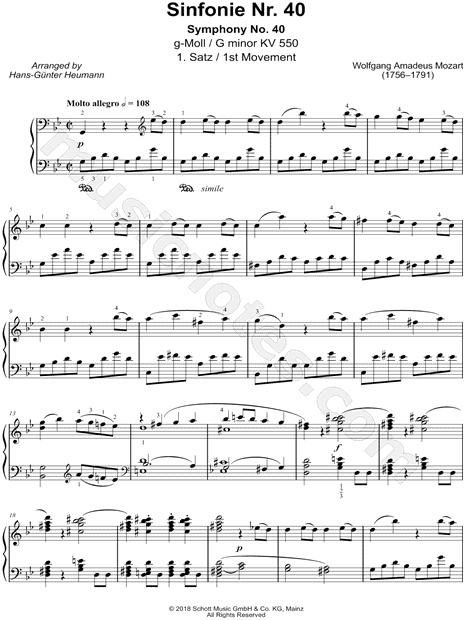



•p&224 g.), fou un compositor austr&237 ac, &224 mpliament considerat un dels m&233 s destacats de la hist&242 ria de la m&250 sica occidental. Even a single symphony was too big a work to undertake without the promise of some type of financial gain.Wolfgang Amadeus Mozart (alemany: Johann Chrysostomos Wolfgang Gottlieb Mozart) (Salzburg, 27 de gener de 1756 Viena, 5 de desembre de 1791), vlfa amades motsat ( Mozart simply didn’t work that way. As for composing them without having a performance in mind, this is also fiction. Had he been able to follow Haydn to London in 1792, as had been planned, he would have most certainly composed at least six more.
The choice of key is, in itself, a measure of the work’s profundity. Few works from then 18th century are as intense, chromatic, and unconventional. 53), is the most original and has had the greatest influence on future composers. 550 (popularly referred to as No. Andante (from 2001-08 until 2001-12) composer: Wolfgang Amadeus Mozart ( Of the three 1788 symphonies, the Symphony in G minor, K. Recorded at: Doopsgezinde kerk ( Haarlem) in Haarlem, Noord-Holland, Netherlands, Kingdom of the Netherlands (from 2001-08 until 2001-12) recording of: Symphony no.
The traditional sunny minuet is again in a heavily chromatic G minor. What should be a calming slow movement is agitating. As the symphony plays itself out, there are surprises at every turn. The intense development section begins in the unexpected key of F-sharp. The contrasting second theme, divided between the strings and woodwinds, is almost purely chromatic. What does appear is a simple repetition of notes a half-step apart followed by descending passages that stop just short of outlining what would be a comforting octave.
Few classical works more clearly point the way toward 19th century romanticism.Mozart’s Symphony No. The famous passage at the beginning of the development section briefly destroys both the rhythm and the tonality. The finale carries the intense chromaticism of the first movement to new heights.
Wolfgang Amadeus Mozart Molto Allegro Series Of Diametric
The orchestra was the smallest Mozart had used after leaving Salzburg, and the outer movements in particular are nearly transparent in texture. Its character is operatic in scope, or else, as Einstein put it, “a fatalistic piece of chamber music.”Einstein might have been closest to the mark in assessing the symphony’s character. It is either a revelation of Mozart’s mood swings, or absolutely unrelated to personal emotion. The symphony either looks forward to Romanticism, or backward to the Baroque. Peter Brown, the work’s reception is a series of diametric opposites.
The complexities of counterpoint and meter bely its more straightforward minuet and trio form. Similar to the first movement, the whole of the Andante is unified by two gestures from the opening: the repeated notes that build throughout the string section and the “snap” figure introduced by the violins.Continuing in the same vein, the Menuetto maintains the intensity of the first two movements. Not only is the degree of motivic development as extensive as the first movement, but there is an even greater degree of harmonic tension, as the slow movement is full of chromatic shadings and creeping bass lines. This degree of motivic planning and integration is found only in the later symphonies of Mozart and Haydn, or else in the works of Beethoven.In another of Mozart’s mold-breaking decisions, the Andante is also a fully-worked-out sonata form. Almost all of the material developed in the sonata form of the first movement derives from the opening half-step sigh in the violins.
Stanly Sadie called it “the most fiery symphonic movement Mozart composed.” Indeed, for all its swiftness, this finale manages to be intense rather than celebratory. In its character and construction, the Allegro assai is rather more serious than any of Mozart’s other finales. 12, Mozart casts the last movement of the symphony in a sonata form. Although simpler in texture, the trio is striking as the only extended passage in the whole work that is in the major mode—it is the “bright spot” in the harmonic gloom of the rest of the symphony.As he had done in the Piano Concerto No.
9 in E-flat major "Jeunehomme", K. Bassoon Concerto in B-flat major, K.191/186e On one thing we as an audience can agree: Mozart brings the movement, the symphony as a whole, and this concert to an exciting and emphatic end.


 0 kommentar(er)
0 kommentar(er)
